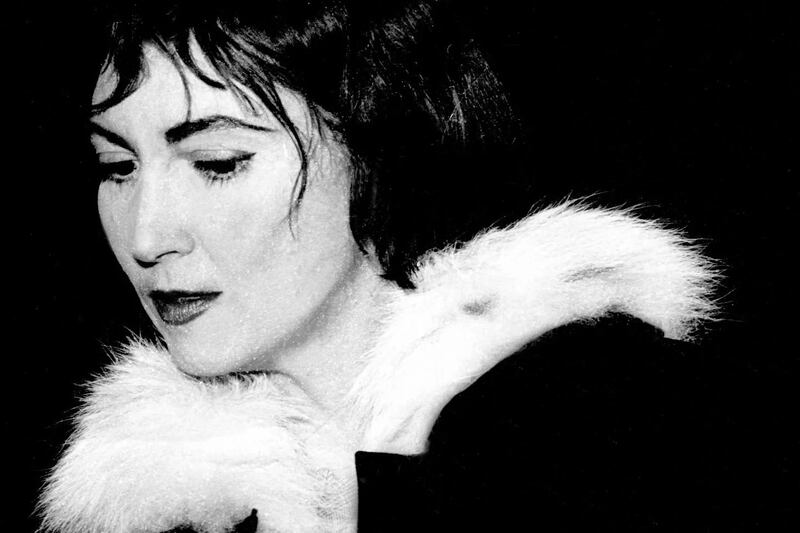Doing some advance reading for a talk at the Percy French Festival in July, I found myself humming along to The Pride of Petravore, even though I couldn’t remember the lyrics. Then, not for the first time, I looked up Google maps to find out where exactly Petravore is.
As the app’s stony-faced response reminded me, the place is located mainly in French’s imagination. But in so far as Petravore has any earthly presence, it seems to be in Cavan.
There is a strangely named townland (or more precisely electoral district) in the panhandle there, Pedar a’ Vohers, which derives from the Irish Peadar a’ Bhothar, or “Peter of the Road”.
The mysterious figure so referenced has evaded the detection of Google’s mapping cameras so far. But he and his geolocation are mentioned in Logainm.ie. And like many Irish placenames, this one has at least a mildly bloody history.
The night a ‘sputnik’ crash-landed in rural Wexford
‘A breakthrough in the case of my stolen Dublin Bike and the subsequent €150 fine’
A daisy with a doctorate? Frank McNally on the enrolment of ragwort in the rewilded lawns of Trinity College
Ballet Go Backwards – Frank McNally on Patrick Kavanagh’s short-lived career as a dance librettist
According the Anglo-Celt in 1920: “The original Peter kept a hostelry here – possibly in the 17th century – but there was a public house on the site even in the 19th. ‘A last drink at Pedharavore’s’ on a Swanlinbar fairday was, in the bad old faction fighting days, frequently the prelude to a battle...”
French’s song, by contrast, is about love, albeit the unrequited kind. It portrays the men of Petravore as badly smitten with the beautiful Eileen Óg, who repays them with indifference and instead falls for “McGrath the cattle jobber”, the only man who seems indifferent to her.
The crucial scene also involves a fair – not in Swanlinbar but Ballintubber. This appears to move the song’s setting to Mayo. But the critical factor in that was probably just the need for a place to rhyme with “jobber”. Nobber, the village in Meath, must have been on the shortlist too.
The fictional Petravore, or at least its heroine, was so good that French namechecked her twice. As well as featuring in the eponymous ballad, she also turns up amid the cast of colourful characters at Phil the Fluther’s Ball.
Obscure as the real Petravore might be, meanwhile, it was the scene of at least one crash-landing of the second World War. On the night of St Patrick’s Day 1943, while Eamon de Valera was rhapsodising about Ireland’s cosy homesteads, an Australian pilot named Richard Karkura dropped in among them accidentally. Based in Scotland, he and his English navigator had been testing the fuel capacity of their Bristol Beaufighter on a route including Rockall and the islands of St Kilda. But they were flying in a storm, got blown off course into “Éire”, and after finding out the hard way that the tank was empty, had to bail out somewhere over Swanlinbar.
Many years later, in 2004, Karkura recalled (as reported by the Leitrim Observer) that on his tour of the ground, he saw a sign for Petravore. He may not have met the pride of same, but he was at least given breakfast by locals before being spirited across the border to Fermanagh, to rejoin the war.
That and the song aside, the only mention I can find of the real place in newspaper archives is from a 1988 mining licence application.
There, in a long list of characterful townland names including “Gub”, “Scrabby”, and “Tonyquin”, is “Pedaravohers”. Which also reminds me – although I don’t know if Tonyquin is any relation – that this area adjoins what in more recent times has been called “Quinn Country”.
Funny, affectionate, and rooted in names and places, the Pride of Petravore is a song typical of its composer. Although born into the old ascendancy and generally assumed to be of small-u unionist politics, French eulogised Ireland as well as any nationalist ever did.
He revelled in indigenous surnames and placenames, in part because they lent themselves so well to the old tunes he and his arranger Houston Collisson, and also because they suited the humour of his lyrics, being often innately humorous themselves.
But as an inspector of drains-turned-troubadour, French personally travelled more of the country than most. His fondness for namechecking those old (and uniquely Irish) land divisions, townlands and baronies, was rooted in first-hand knowledge. In fictionalised form or otherwise, he put many of them on the map, more permanently than maps had.
Even as his death in 1920 precipitated a fall from fashion of French’s music, by the way, the Pride of Petravore had an unusual and apt afterlife. This had nothing to do with Peter of the Road, or with the song’s lyrics in general.
It was probably just the martial air that made it a favourite marching song of the new Free State army.
















